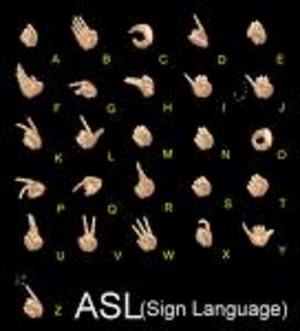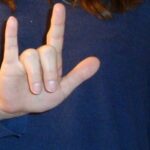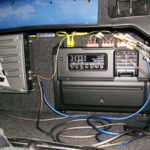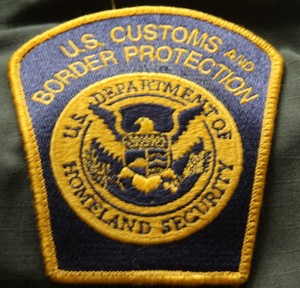Sign language is an important art and form of communication that is often overlooked. It may not be as poetic as French, or widely used as Spanish, but sign language is an important form of communication that helps to unite us with those that are deaf. The roots of Sign Language are deep, and it’s implication in the modern world great. So here is a look at this intriguing and beautiful language.
Sign language is a form of communication that involves no sound, but rather hand arm leg and facial movements that are used to convey the speakers thought process. Usually these forms of communication are developed within a community of deaf people. Sign language is not only used by the completely deaf, but also those who have a hard time hearing, or people with speech impediments such as Aphasia
It may surprise some people but there is not one universal form of sign language. Just like the differences in English, Spanish and French, each demographic population can have their own version or form of this language. This just goes to show that even with a global community of those practicing this art, it differs, just like with regular speech. Some forms of sign language are not even recognized as “official” because each community has a different way of expressing themselves. This being the case, it makes sign language one of the most varied forms of communication on Earth.
In recorded history sign language extends in an official form back to the 16the centaury. It was in 1755 that the first school for sign language was founded in Paris France by Abbe de I’Eppe. This scholl taught deaf students a universal form of sign language and dove into basic academic studies for these individuals. Later in his life Abbe de I’Eppe came to America with Thomas Hopkins Gallaudet and help found the “American School for the Deaf” the only liberal arts university for deaf students in the world.
In almost every area of the world you will find a form of sign language. Anywhere there is a spoken language, you will undoubtedly find a sign language counterpart. These languages evolve just the same as anything else, due to a need of some kind. Each areas current sign language foundation can be traced back to the earliest roots of that particular civilization or community.
A common mistake that most every person makes is that a sign language is solely dependent on an oral language. This is far from the truth, as each sign language is not a word or phrase in an oral language spelled out in gesture, but rather an entirely different. Also sign languages are not typically invented by a person that can hear, rather they are created by those in a deaf community for their own use and purpose.
The term finger spelling has been around in the world of sing language for a long time, but again this is not evidence that suggest that sign language is based on an already established form of oral communication. Finger spelling is one tool among many that can help a deaf person communicate the proper names or specialized phrases to those in their own community and to those who are not deaf. Also finger spelling can be a source of new signs in a language known as “lexicalized signs”
Sign language has never successfully transferred into a form of writing. There have been a few attempts at such a feat but none have survived very well, or are considered to vague. In most cases the deaf community can read and write the spoken language of their area. The reason behind there not being a written language for signing is because of the complexity of the language itself. Often times the whole body is used in signing and this cannot be expressed in a written form easily. However there have been published works that entail a few basic forms of sign language in the written form.
There are many advantages to knowing sign language, especially in the medical profession. Knowing some common signs such as those used to identify pain or anxiety is key when dealing with an impaired patent. Signing is an amazing art form and enjoyable to watch and learn. Those in the deaf community should be commended for their excellent work in uniting us as one community, showing us that although we may not speak the same language, and each have different styles of communications, we can all still understand and respect one another.





